Back? okay, let's get started:
| Chapter Two, Drums, SooHo Kany Here we've got a bluesy thrum with great electric guitar accents, beautiful demonstrations of vocal flexibility, and an elegant swing of rhythm and accents that fill this section out into a gorgeous tune. They don't waste any time with it either. Having already had the guitar introduce it for us, the drums section jumps right into the jazzy throws of it all to give us an echo of the chorus to come. The styling here too is gorgeous, more dramatic and flashy than the first section, a classy lounge-singer stepping stone between coffeshop goddess and edgy pop princess. The continuation of the warehouse give continuity, epic notions of reverb, and builds on the idea of being barren inside, maintaining thematic continuity even as it builds up the idea that not everything is gone (as the warehouse is now not empty, being that there is a guitarist, a drummer, a singer, and a whole bunch of music stuff scattered about). | Chapter One, Guitar, Sam Lee First off we've got some lovely finger-style guitar, catchy smoothe and soft on the ears in the best way. It's not usually my cup of tea, but even I can peg a great player. And then the vocals slide in and the meter picks up and turns into this gorgeous coffee shop anthem that would have been great on it's own, but then it ends and chapter 2 comes alone. Before moving on I have to say, the styling is GORGEOUS and the warehouse is a beautifully thematic choice for the setting (it's the idea of being dark and barren inside after a breakup, just in case you missed that) and I am DYING to know how much of the reverb is authentic capture, because in a place like that . . . oh sweet shisus, it must have been heavenly to hear. And since they are all wired up . . . oh what I wouldn't give to have been there to hear it. |
Chapter Three, U Sung Eun
The transition to this one is much longer than the other two, building up anticipation. It's also full of short cuts to things that are filling up the warehouse (the narrator's soul), all of which are hugely symbolic:
| <- There's falling chair, the feeling of being unseated, lost, not to mention the notion of table-flip fed up. The comma makes it look like she was fed up the first time. The first word we get is three, 3 strikes, 3 chances, whatever it is, it's very clearly over-> <- When we get 'Chapter' we're back in the not-so-empty warehouse, showing that whatever it is that's over, it's left the narrator feeling cold and dark and mostly empty (and definitely lifeless). Then we get a falling rose, and we learn that the thing that's over is Love, a romance that's just barely bloomed has fallen into the dust and there's no going back -> <- 'U' comes up when we're back inside the main-stage 'soul', alluding to the idea that the empty warehouse, and Chapter Three along with it, IS u ( in that u = you). Then we get a glass of water, water being a source of life, falling to the dust and calling up the idea of life needlessly wasted on a hopeless love -> |
| Black screen "Be Ok" . . . there's a huge range here, does the black scree (and the splatter print) mean to make an implicit 'not' appear in the mind, or is it that you're in a dark place now, but you will be okay? or again, is it both? | The fire could be passion, it could be destruction, it could be both, the water could be vodka which makes the fire burn hotter and the passion run out quicker and the destruction spread faster, and the water-vodka question mirrors the notion of is it life wasted (time spent on a lousy lover) or a wasted life (spent in an alcoholic haze after the break up) or is is both? Then we have SeongEun at the table, a crying eye drawing and tattoo gun, a piano fading in and out, the hum of a melody . . . she's playing with her arm and has an oral fixation which could allude to anxiety and self harm or just be planning for her tattoo (since there is a tattoo gun just beside her, though I'm pretty sure I'm not the only one that didn't recognize it immediately), the images brought up connect viscerally to a large number of people who don't give themselves tattoos. Her necklace is a barbed collar and her ring is set inside it, if that's not a beautiful visual metaphor for being trapped in a relationship, I don't know what is... |
| When the beat kicks in, we see her walking though the dark (as the piano shown earlier comes in with a trill), flicking lights, uncertainty rampant in her movements. We don't see her whole face, but pieces, her eyes looking away, her lips in a confused not-quite-frown, hair sliding over her . . . she isn't a whole person yet, she's been fractured. | Her eyes GLOW at us. Some people have misinterpreted this bit, making it out to be a paltry super-power like in Lc9's MaMaBeat. That is not at ALL what it is. The eye-glow here is a kind of magic, but it's magic in that the eyes are the window to the soul. What happens after she eye-glows at us? Poof. We're in her warehouse soul, with her as a whole person looking at us straight on, and her soul is full of light and life, including the boys of BaeJigi (who look FABULOUS, if I might break into say). |
| When she's next playing with her arm, she's drawing on it, so this time it's probably not a self-harm thing. We also get shown the tattoo gun directly, so the conclusion that she's drawing herself a tattoo is reached and a held breath can be exhaled. Back to the purple flashy eyes: they're purple for a reason. Purple is the color of royalty, but not by blood, it's royalty by commission, by being chosen to be someone's pretty princess, purple here means that she's still under her ex-lover's thumb, seeing herself as his princess. |
| The color changes as the story progresses: to green/gold and blue. Green being life, green being the opposite of purple, gold being intrinsic value (she sees value in herself without needing to have someone else see it in her, the gold one is also the eye that gets the one tear -> it's much more likely that it's her crying for having not valued herself than she is mourning the relationship), and then Blue being water and life and clarity and openness . . . as she comes clean with herself, revises her understanding of who she is, what she wants, and what she's worth. In the end, 'be ok' isn't an announcement that she will be okay, it's a command to herself that is okay from this moment on. By giving herself the be okay tattoo she has etched an instruction into her very being. It's absolutely beautiful. | The the very last shot (playing to the music box rendition of the tune, bringing up notions of nostalgia and things past), the lost and lonely girl from Chapter 1 crumbling away inside her newly renovated, very bright and very full, soul, being that such fear and insecurity, such whimpering remorse and dependance has no place in her new self-view as a strong and independent woman is is going to be okay. The whole thing is absolutely breathtaking. |
Unfortunately a lot of people have been misinterpreting it, so I can only hope that this explanation helps a bit.
| | |
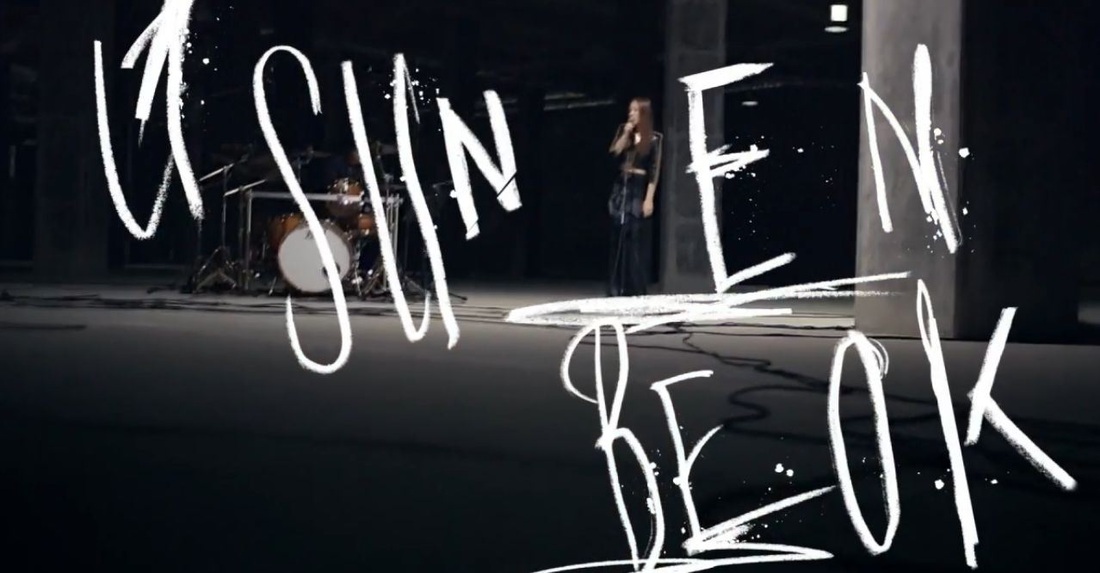





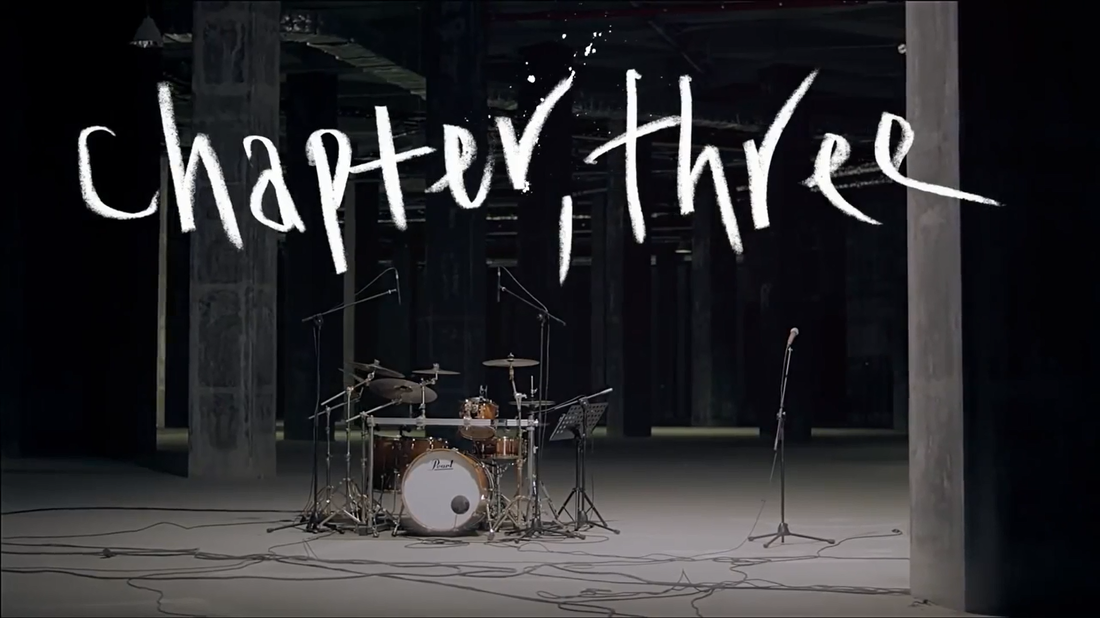



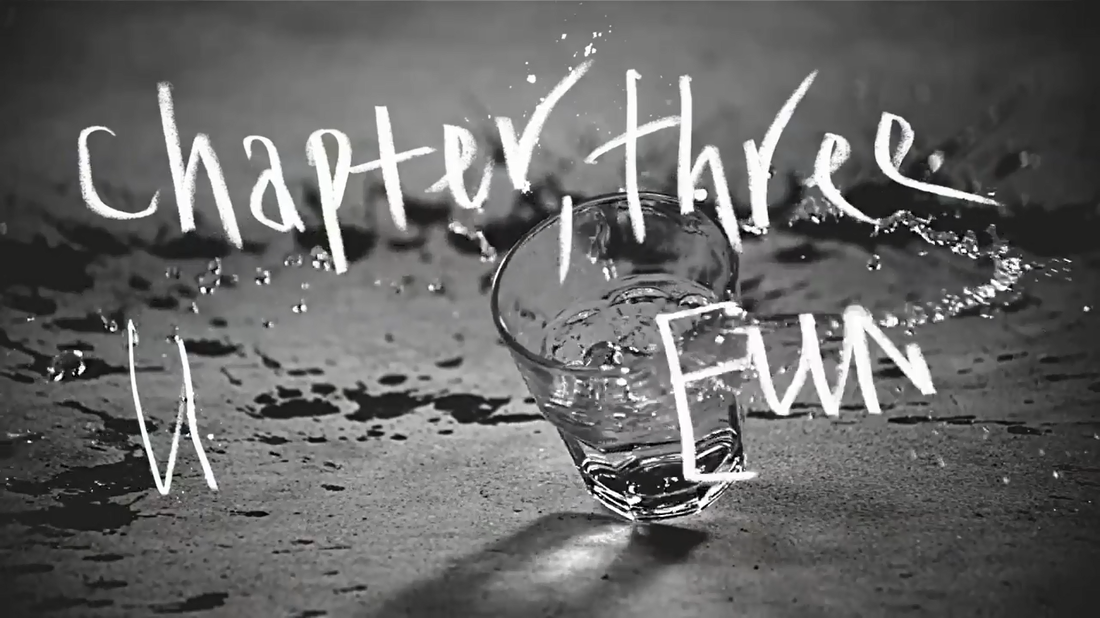
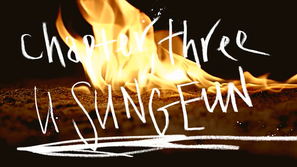
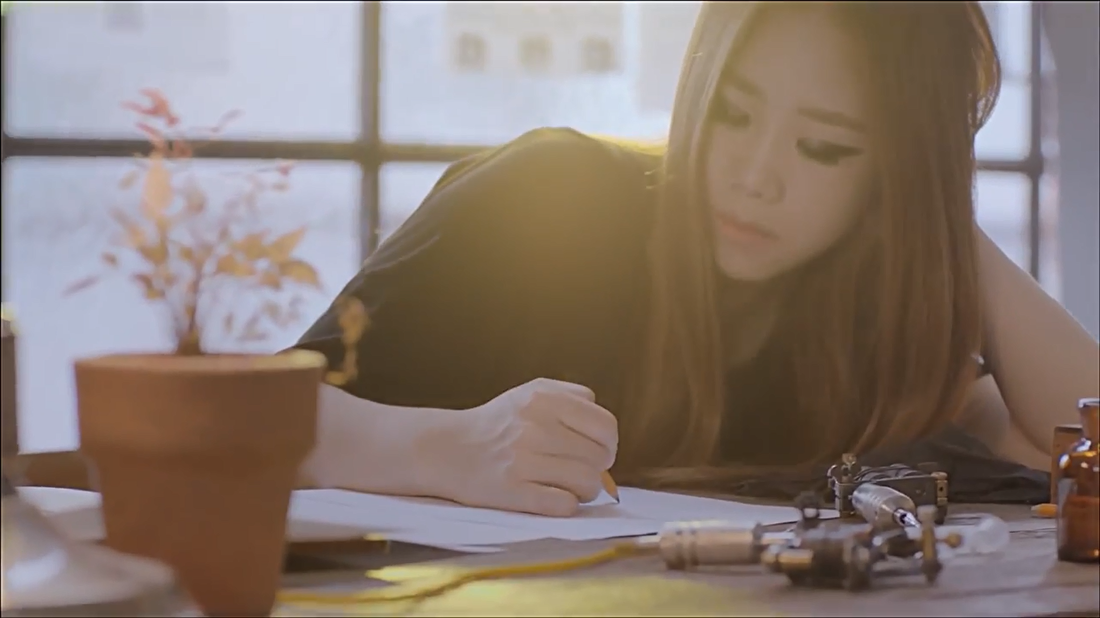

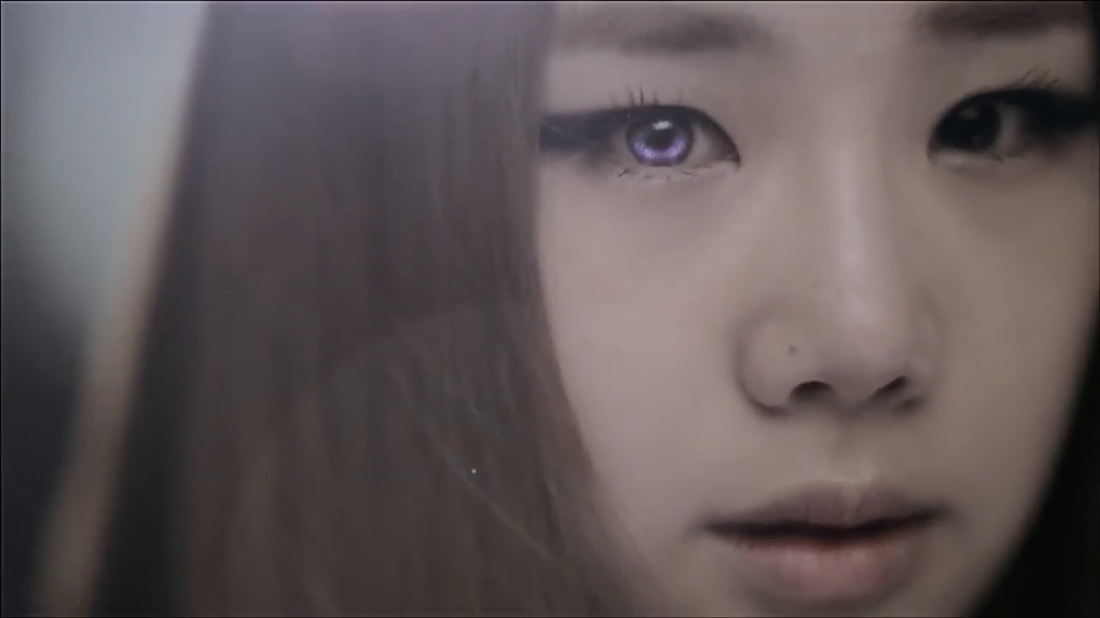
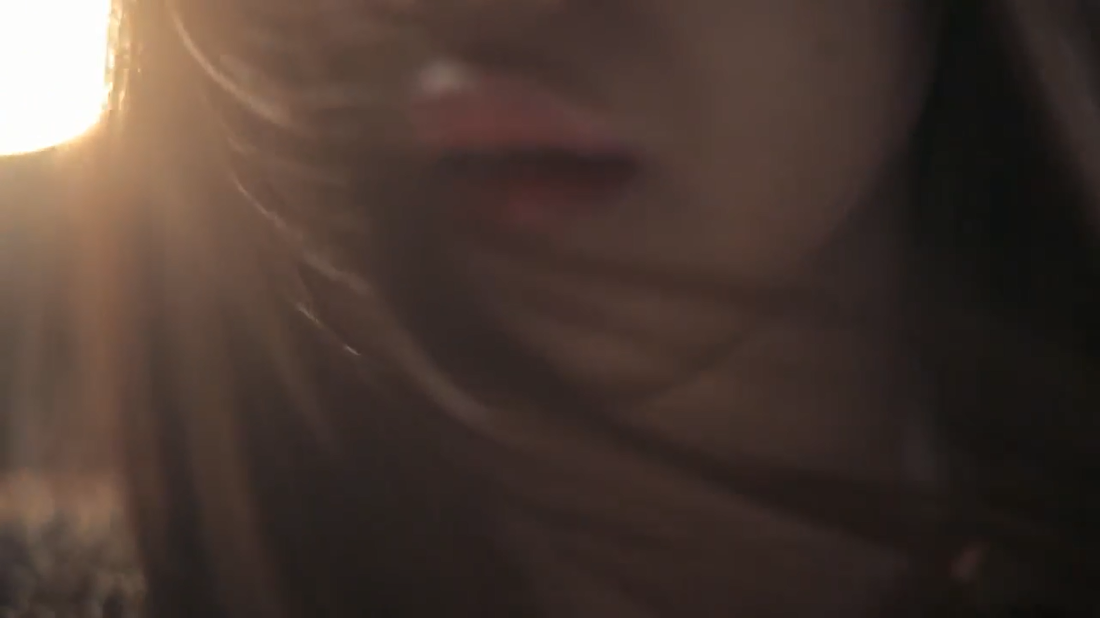



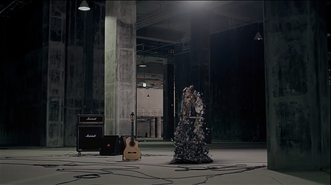
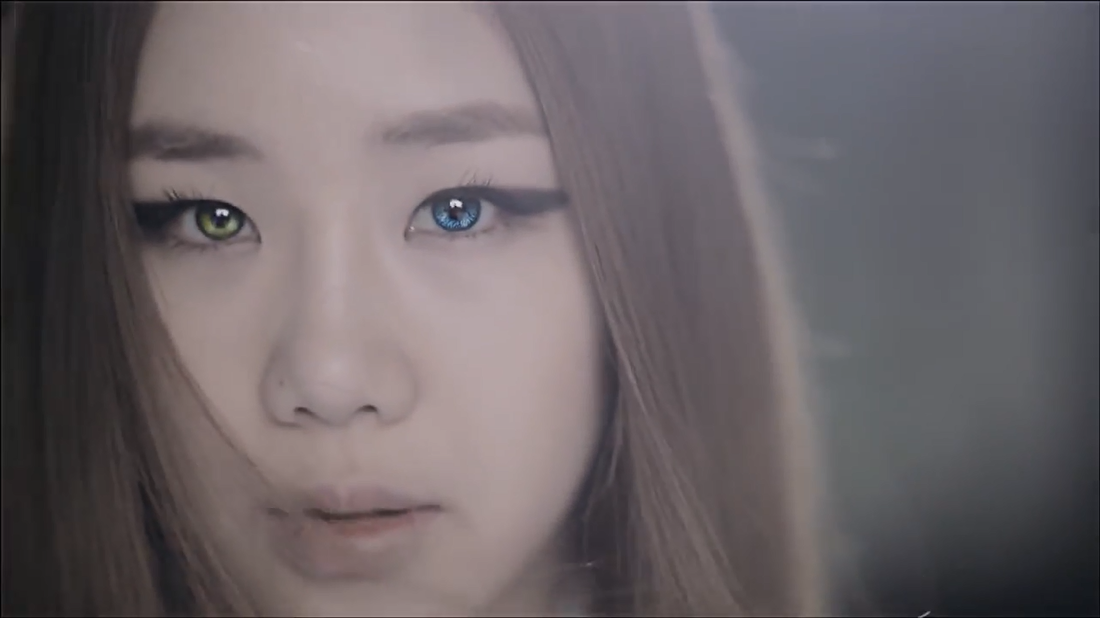

 RSS Feed
RSS Feed
